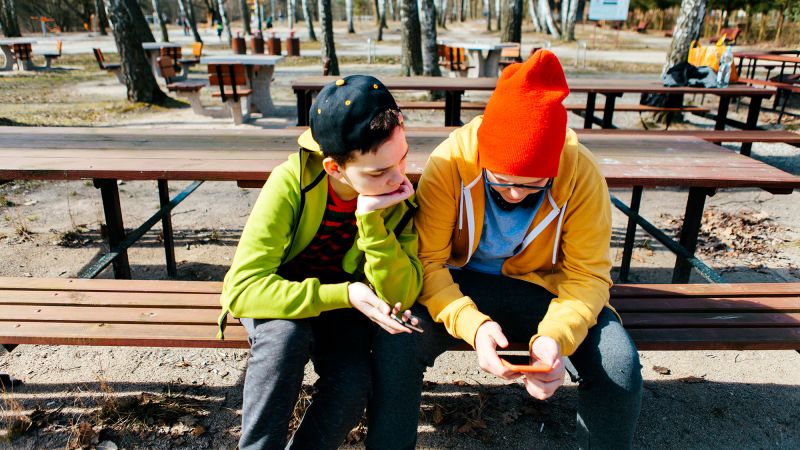The Uncertainty of Online Content: A Teen’s Perspective
As a senior at Heathwood Hall Episcopal School in Columbia, South Carolina, I’ve grown accustomed to the constant stream of information online. But a recent study by Common Sense Media has left me questioning the authenticity of the content I consume. The study found that 46% of teens have been misled by online content, and 54% have seen visual content that was real but misleading.
I remember when I first saw a video of a capybara in a swimming pool, seemingly treading water like a human. I believed it to be true, but now I’m not so sure. With the emergence of generative AI, it’s become easy to produce fake visual content. My friends and I have noticed AI-generated images flooding social media platforms, making it difficult to distinguish what’s real and what’s not.
The study suggests that many teens struggle to figure out what online content is real and what’s fake. I’m part of that group now. After being misled by a few too many cool posts of alleged historical pictures that turned out to be fake, I’ve become more cautious. I examine the fingers of any human picture first, since I know AI can still get the number of human fingers wrong.
I’ve also started checking the comments of nearly every post I come across to see whether other users believe it. Doubt in the back of my mind now colors my response to everything I look at, and what I think. I’ve lost trust in images, and seeing is no longer believing.
The study also found that 74% of teens agree that generative AI should have visible warnings that its outputs could be harmful, biased, or wrong. And 73% of teens want content generated by AI to be labeled or watermarked to show its source. I believe this demand is because we’re losing ground in what we can believe. I wish that I could trust what I see, and AI-generated content being required to be marked as fake is a reassuring idea.
But even with these measures in place, it still means that we cannot initially trust what we see. Instead, we must examine it, question it, and have faith in ourselves that we’ve come to the right conclusion. If mistrust becomes the default approach to life, what would be the point of doing anything for other people that you don’t already know? Will we be able to get to know each other deeply, or successfully communicate?
Can you really build a life when you don’t know what is real and what is fake, when you can never trust what you see, what you learn, or how the world works? Artificial intelligence is just that: artificial. When some of the main tools you use as a teenager to connect with real friends – memes and social media – are corrupted with artificiality, how do you make real connections? When the main way teenagers learn about the bigger world outside of their schools and towns is the internet, can we ever understand the world?

